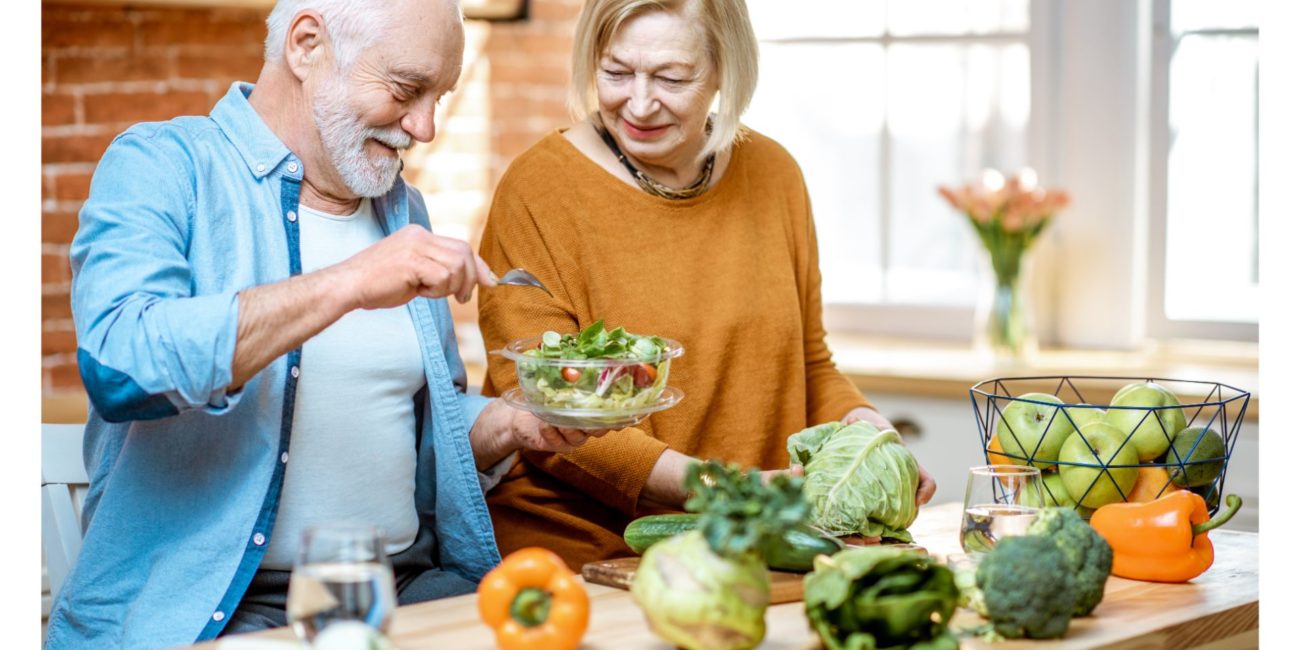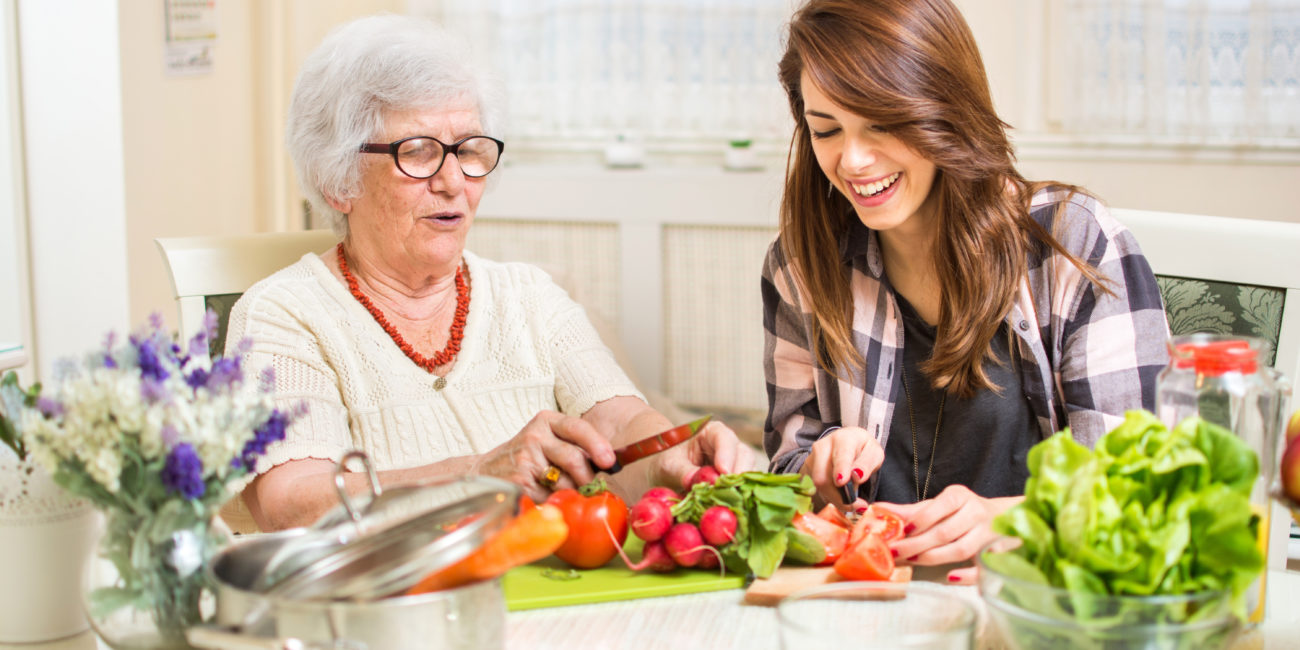Parkinson’s Disease (PD) is a neurodegenerative disorder, meaning that the patient’s condition will decline over time. There is currently no known cure to effectively stop or slow down the disease. It is important for us with loved ones with PD to understand that changes to the living environment will more than likely change over time. As their abilities change, their needs will also evolve. Adaptations that work today or next month will need to be reviewed regularly.

Small Changes
Ideally, changes should be introduced progressively to prevent confusion. If a parent has PD, they have likely lived in their household for a long time, and performing all changes at once can be overwhelming. The most straightforward items to start with are obstacles, rugs, and extension cords. Address each part of the kitchen based on safety and what a loved one struggles with the most.
Tremors, poor grasp, gripping strength, and declining dexterity are all hallmarks of the disease. One of the simplest changes to make is the replacement of cabinet hardware with handles or pulling mechanisms. Additionally, replacing smaller hardware with large, bulky knobs can add a lot to a parent’s quality of life! Kitchen doors can be tricky; using levered handles or adding grips to knobs should be helpful. For a quick fix, tie material or a small rope to a handle for an easy way to allow reaching and opening.

Item Placement
Special awareness needs to be placed on the location and placement of certain items. Place commonly used foods and beverages on an easily reachable shelf in the pantry and fridge. This may require trial and error and observation to ensure that the correct items are prioritized for easy reaching.
After a grocery trip, items might have to be transferred to a smaller container to make them lighter, for example, a little milk pitcher vs. a gallon. Purchasing small storage containers allow for easy grabbing and storage of otherwise painful to open boxes.
Daily use items can be placed on hooks on the wall over the counter(mugs and cups) while keeping cookware, dishes(along with other more massive objects), and utensils between waist and chest level will prevent overreaching, squatting, or stooping, which may lead to falls.
Observing the best place for them to sit at the table may also assist with mealtime function, especially if they are in a wheelchair. Creating enough space to reach easily, park the wheelchair, and sit at the table is an easy way to add safety and quality of life improvements.

Lowered Workspaces
A loved one in a wheelchair will also benefit from having a lowered countertop and cooking surface. These changes may require additional professional labor, so always use a trusted resource for structural changes to the home! If structural changes are not an option, drawers that can create an extendable work surface could be a potential solution.
It is possible to add custom drawers without altering the layout and structure of the kitchen. I suggest working with a local artisan to build custom drawers inserted into existing slots in the kitchen areas. A cart or wheeling table could be of assistance as well.
Using low grip strength-friendly kitchen appliances such as electric can openers, bottle openers, food processors, etc., often provide great solutions as long as a loved one still has the strength to operate them.
For mealtime, using built-up utensils can make gripping cutlery far easier, along with knives that will cut with a rocking motion versus a sawing, which are also a great option. Additionally, a knife with a loop-style handle can assist with the cutting motion for loved ones with low grip strength.




Leave a Reply